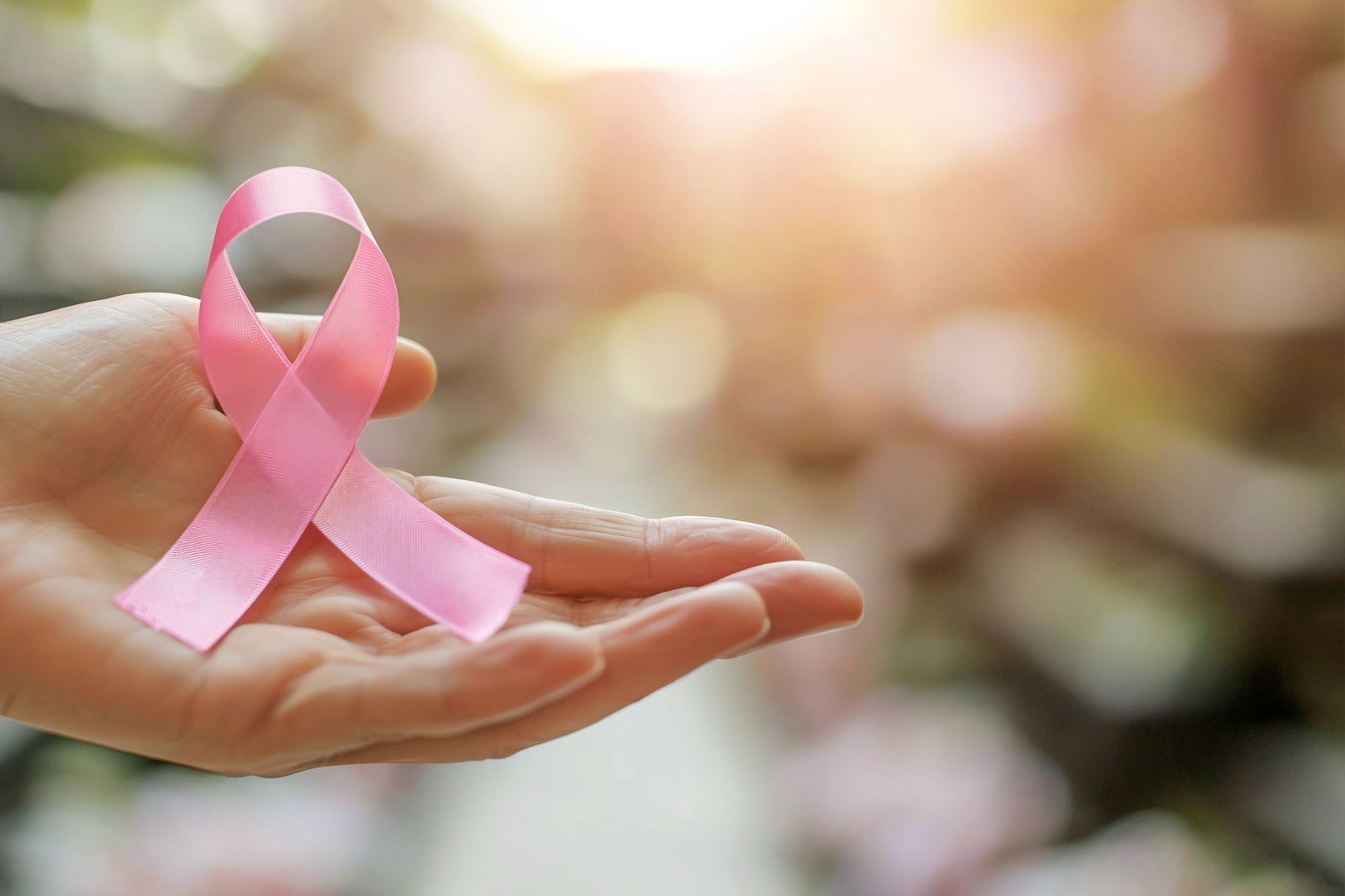Skin health is often forgotten, but regular examination is important to identify early signs of severe disease such as skin cancer. A Comprehensive Skin Check Near me can help to look for abnormal moles, bumps, or color variation that could indicate something is not right. Finding problems early on can result in improved treatment and, in a few instances, save lives.
Who Should Have a Skin Check?
We all can do with a yearly skin check, but there are some of us who are more susceptible:
- People with pale skin, light-coloured eyes or red/blonde hair
- People with intense sun exposure or sunbed use
- People with frequent sunburns in the past, particularly during their childhood
- People with numerous moles or skin cancer history in their family
- Individuals who have experienced changes on their skin, including new lumps, itchiness, or bleeding moles
What is a Skin Check?
A skin check is a quick, non-invasive examination by a dermatologist or experienced clinician. It generally consists of:
- Visual Inspection – The professional will examine the skin from head to toe visually for anything abnormal.
- Dermatoscope Check – A dermatoscope, a special tool, may be employed to examine suspicious moles in greater detail.
- Biopsy (if needed) – If a problem is found, a sample of the skin might be taken for closer inspection.
Common Skin Problems
Skin checks diagnose common skin problems other than cancer, including:
- Actinic Keratosis – Rough, scaly patches that can grow into skin cancer if not treated.
- Basal Cell Carcinoma (BCC) – A slow-growing skin cancer that appears as shiny bumps or non-healing sores.
- Squamous Cell Carcinoma (SCC) – More serious skin cancer, typically in the form of red, scaly patches or hard nodules.
- Melanoma – The most dangerous type of skin cancer, which could be a new or evolving mole with asymmetrical borders and mottled color.
The Importance of Early Detection
Early detection is very crucial for the treatment to be successful. If skin cancer is detected early, then the treatment becomes less risky and more successful. This is why frequent skin check-ups are encouraged, particularly to those who are at high risk. Even non-malignant skin disease such as infection or inflammation can be treated easily if it is detected early.
Preparation for a Skin Check
To get the most out of your appointment, follow these preparation steps:
- Strip off all nail polish and cosmetics to enable correct inspection.
- Avoid applying lotions and creams that could mask changes in the skin.
- Mark out any changed, increased, or bleeding areas.
- Inform the doctor if there’s a family skin cancer history or past skin problems.
What Happens After the Check?
If the abnormal tissues cannot be found, your physician may recommend the screening to be done regularly based on risk factors. A biopsy will, in such a scenario, take several days to a week to get back the results. If skin cancer is identified, treatment for the same may be:
- Cryotherapy – Freezing the area to destroy abnormally developing cells.
- Surgical Removal – Incision and excision of the malignant tissue.
- Topical Therapies – Medications on the skin that kill cancerous cells.
- Radiation or Chemo – Used only for advanced stages.
Skin Care on an Ongoing Daily Basis
Early detection is only as good as preventive care. To lower your risk of skin cancer and other skin problems:
- Apply sunscreen of at least SPF 30 each day.
- Wear protective garments such as hats and sunglasses.
- Avoid the sun from 10 AM to 4 PM when the sun’s rays are strongest.
- Avoid indoor tanning beds.
- Get your skin checked regularly for new or evolving moles.
Having a Skin Check Near Me
If you need a Skin Check Near Me, we are here for you with the best dermatologist. We specialize in screenings or full-body scanning for an even better assessment. If you are having issues with a trouble area or just want to be sure, our professional skin check is a great step in the way of your health.

